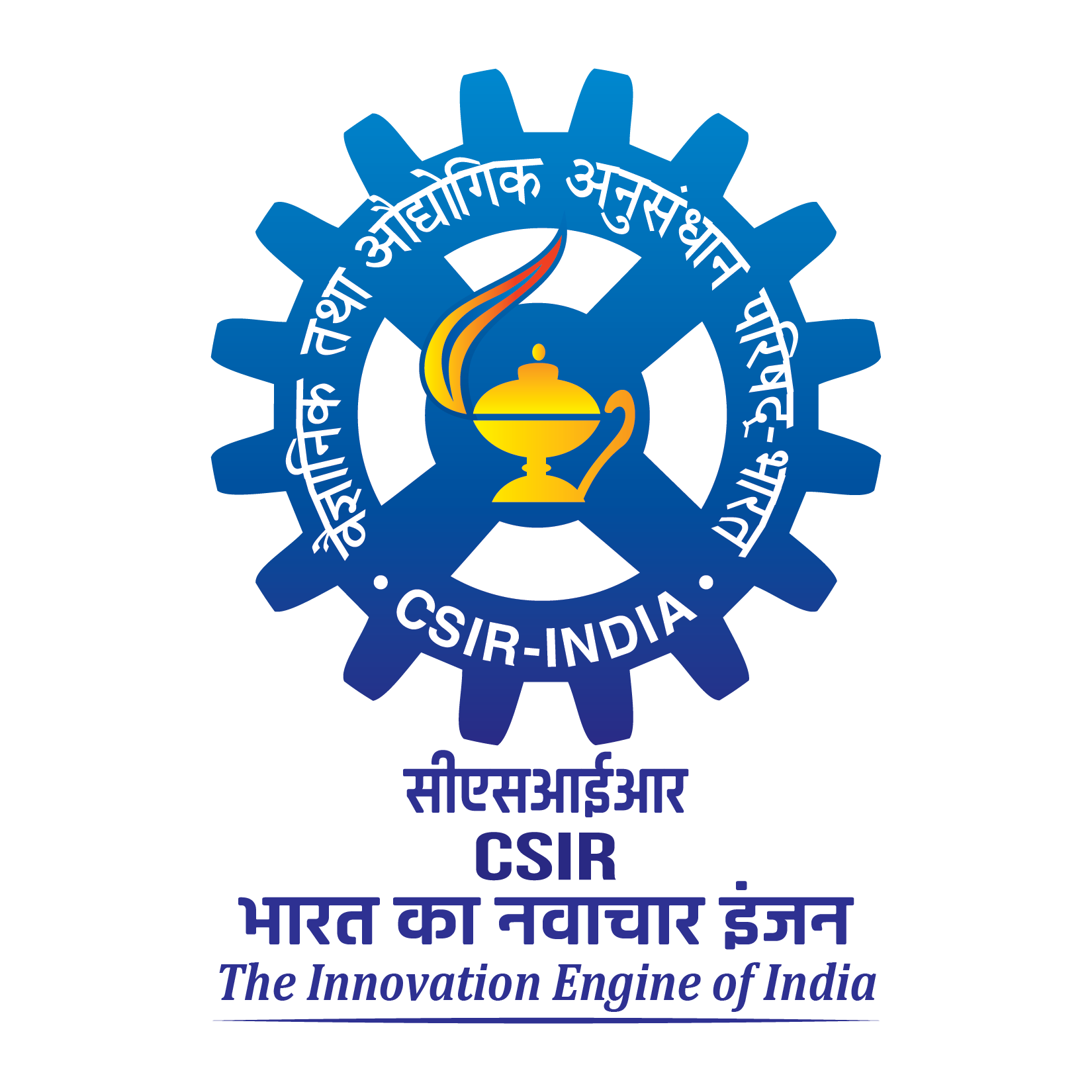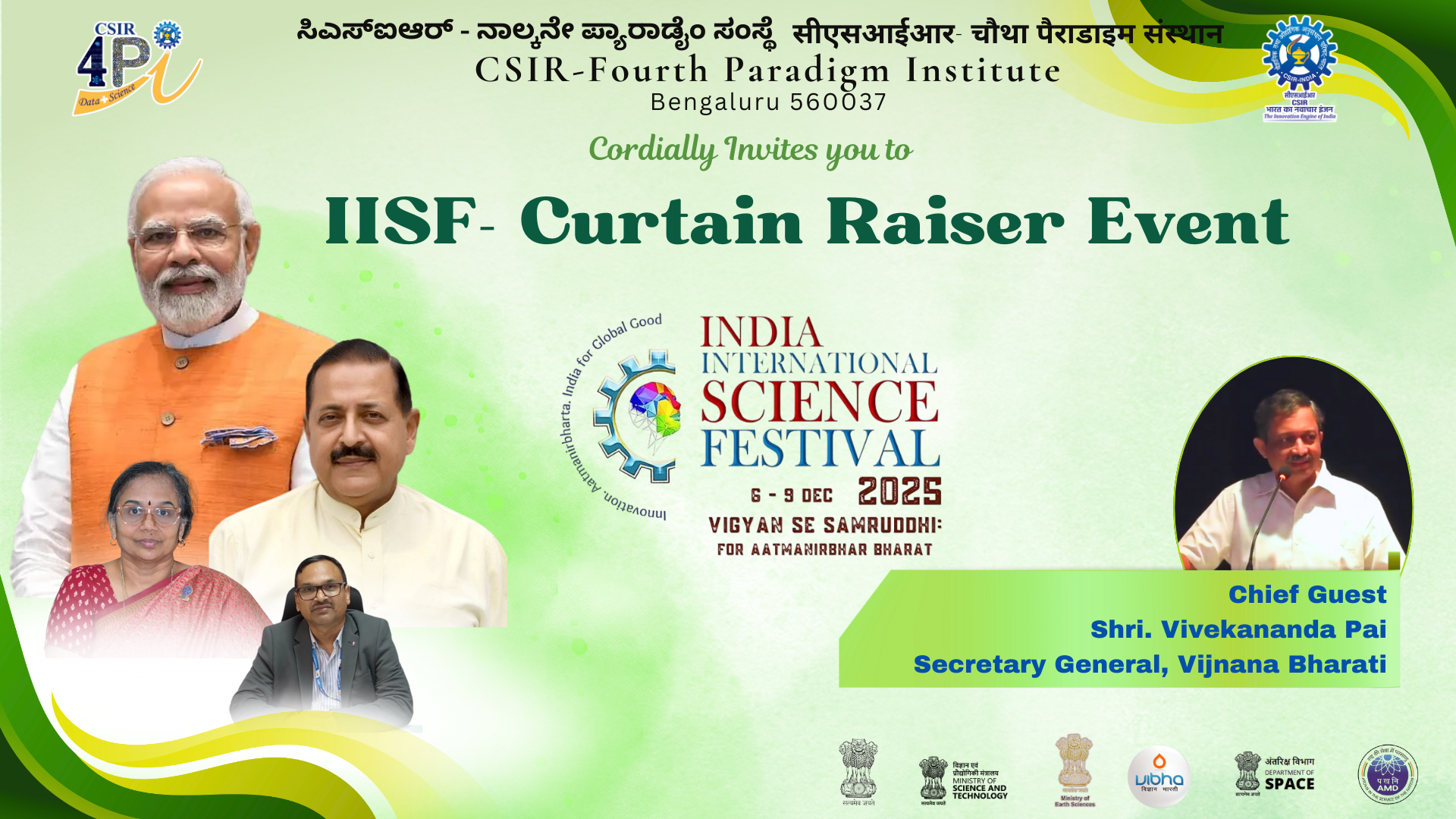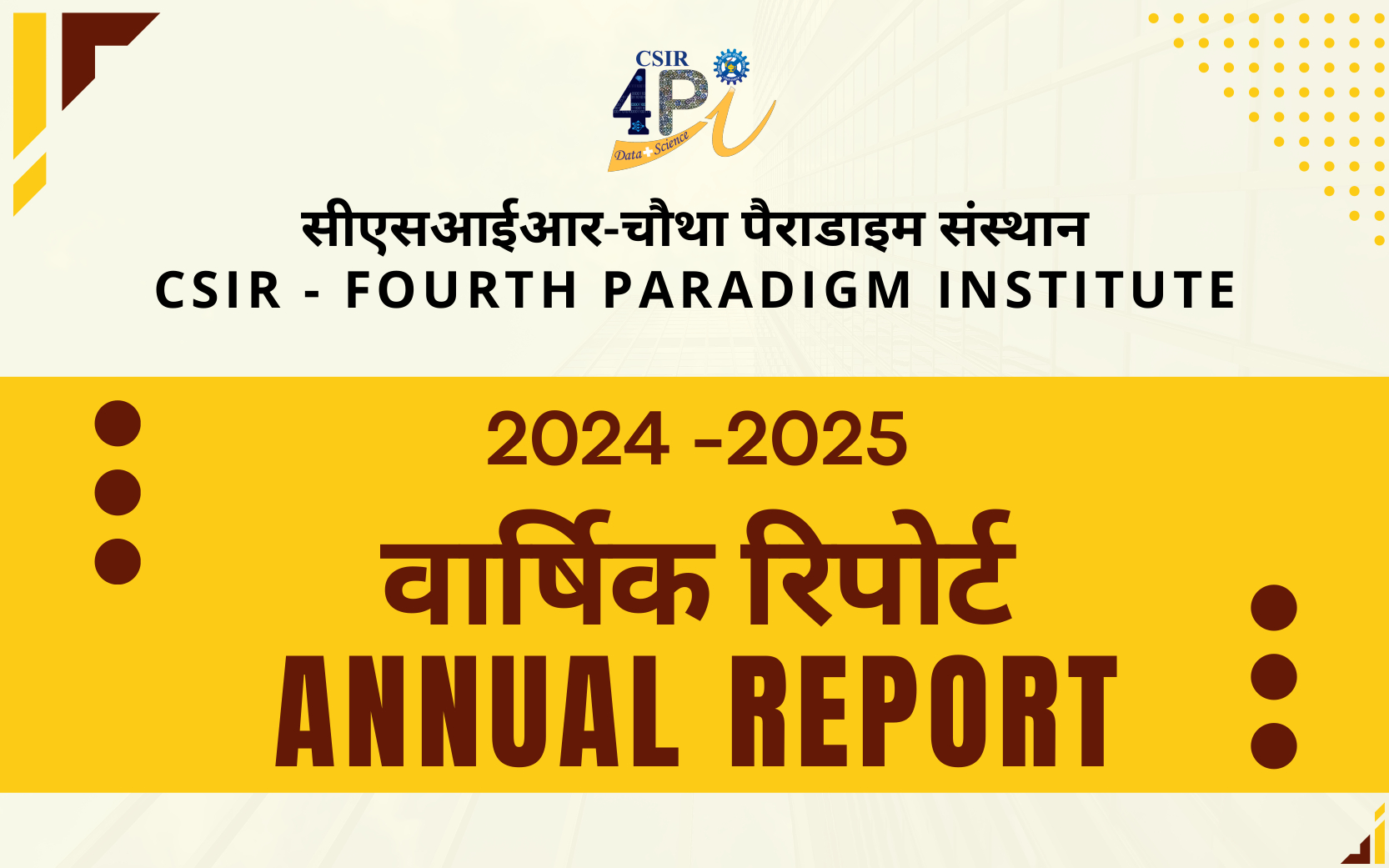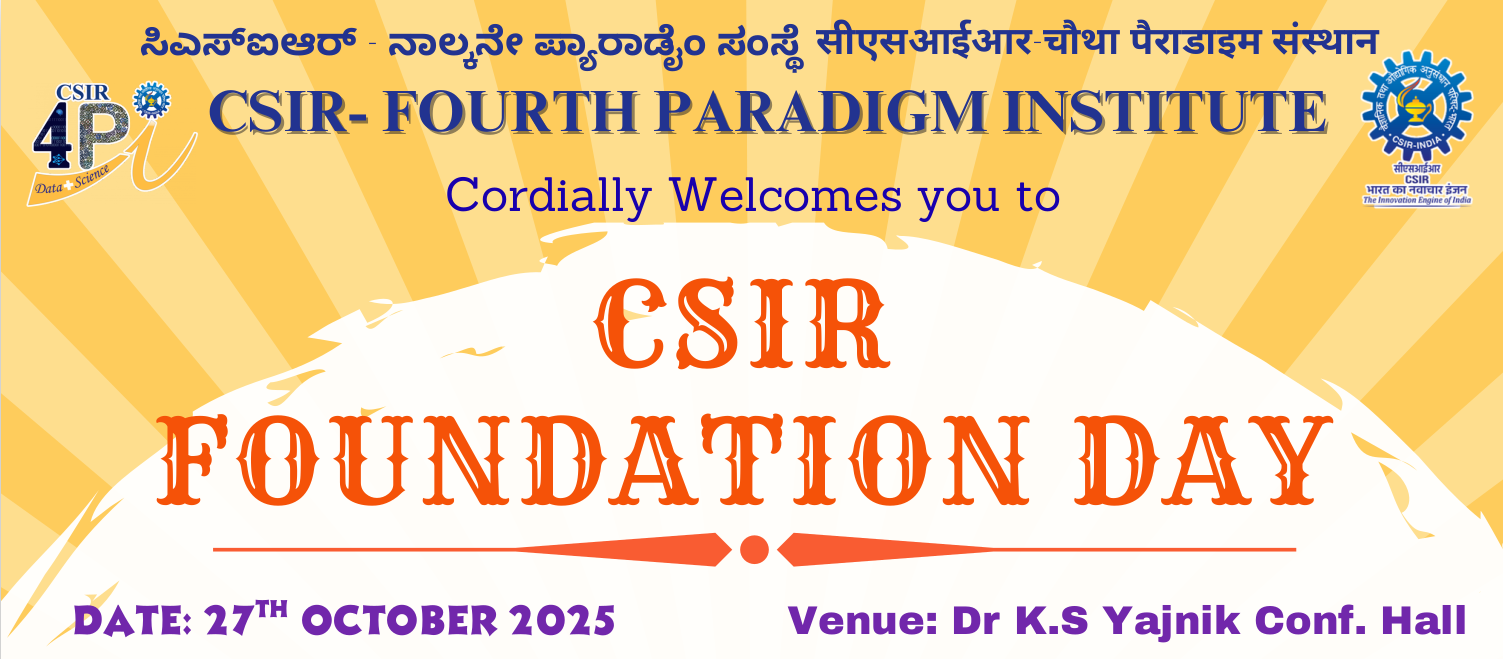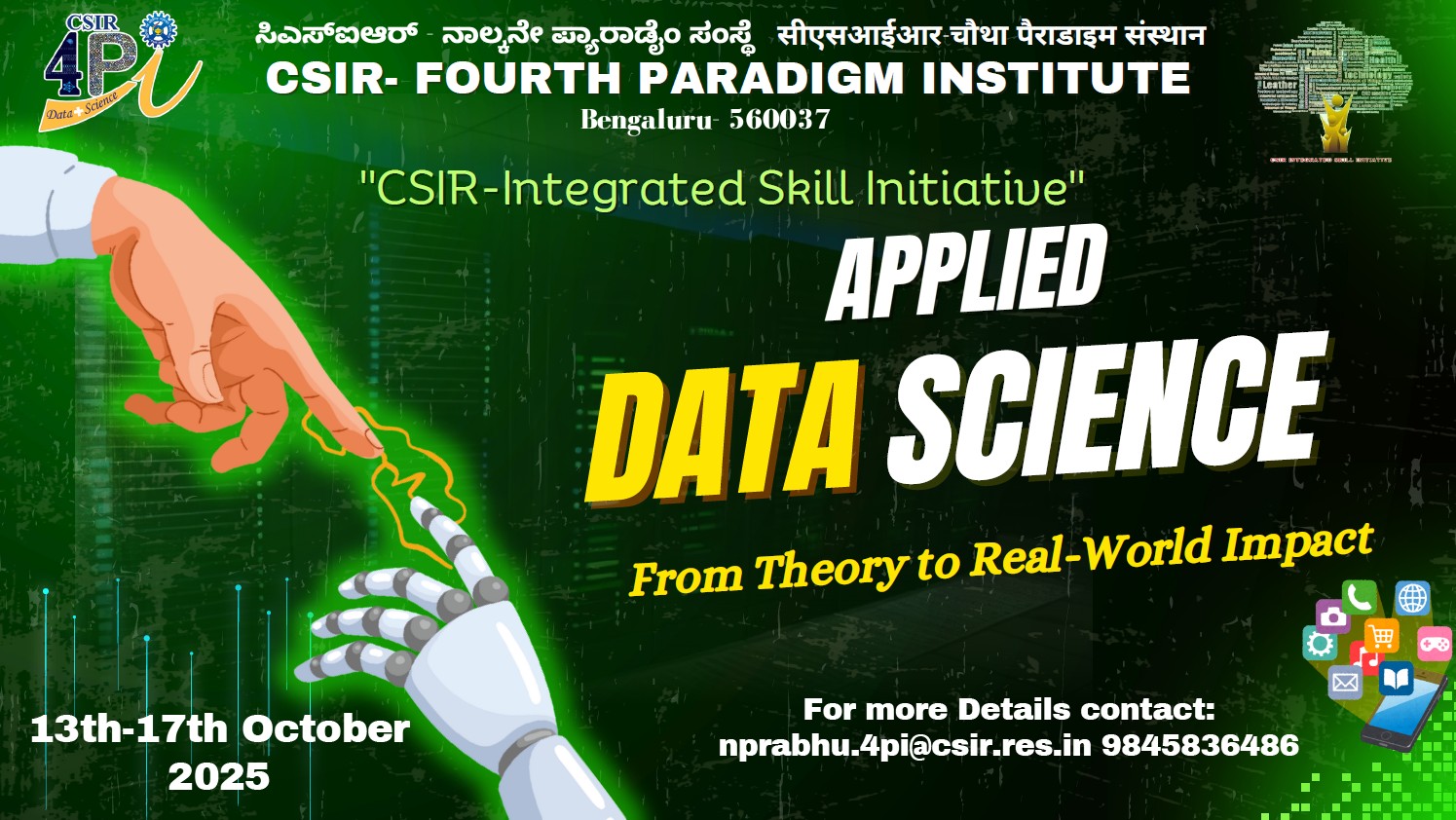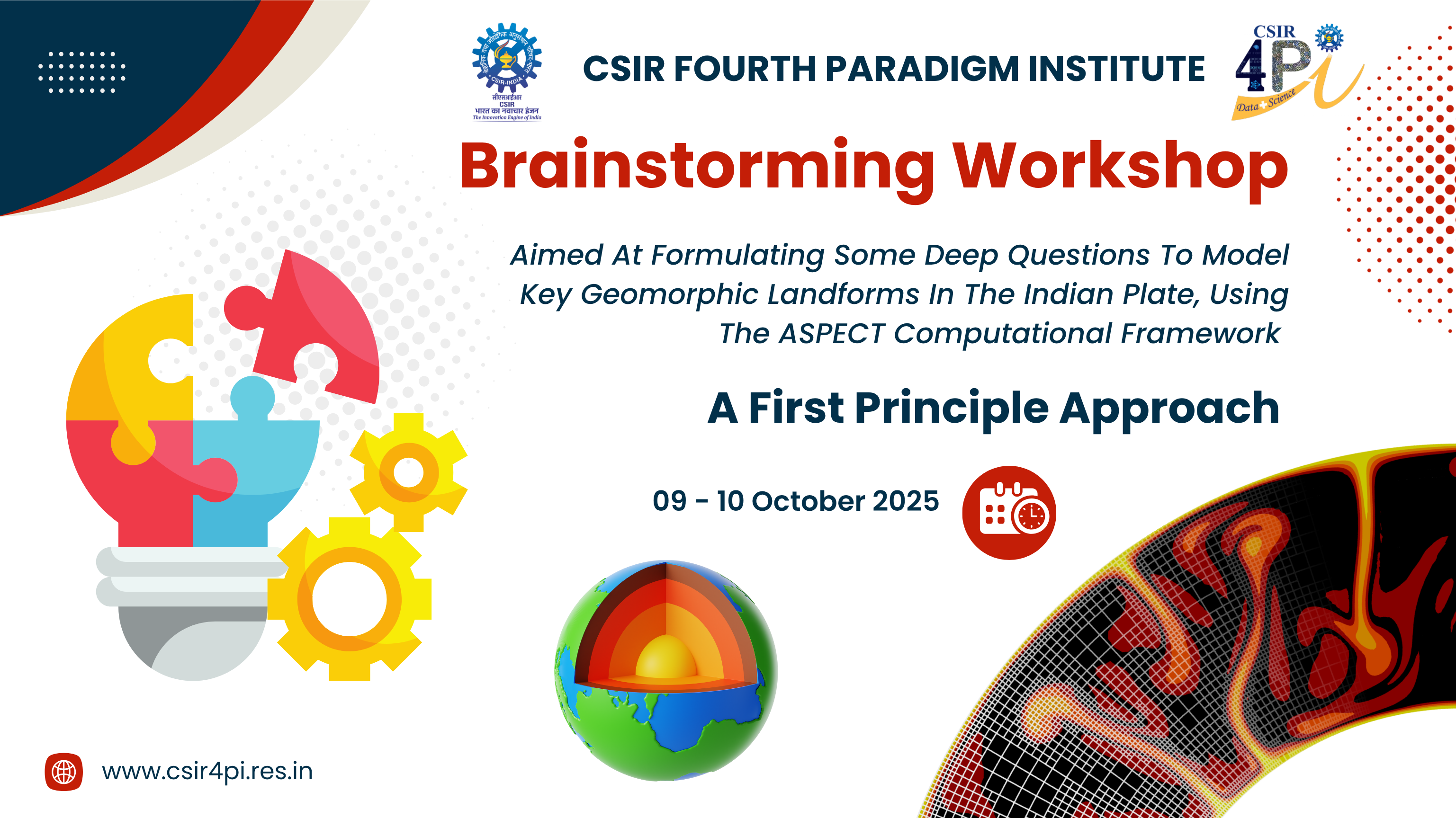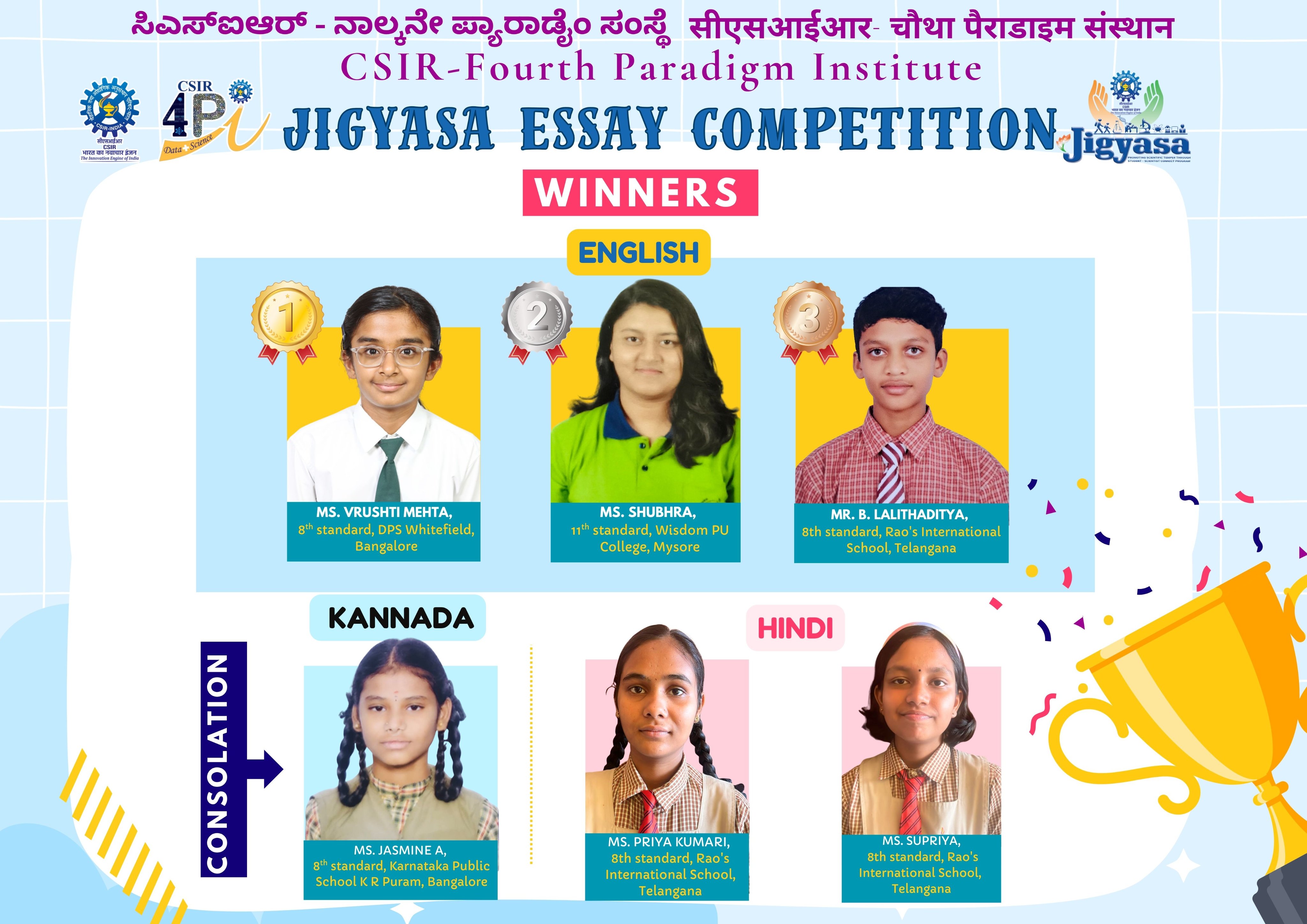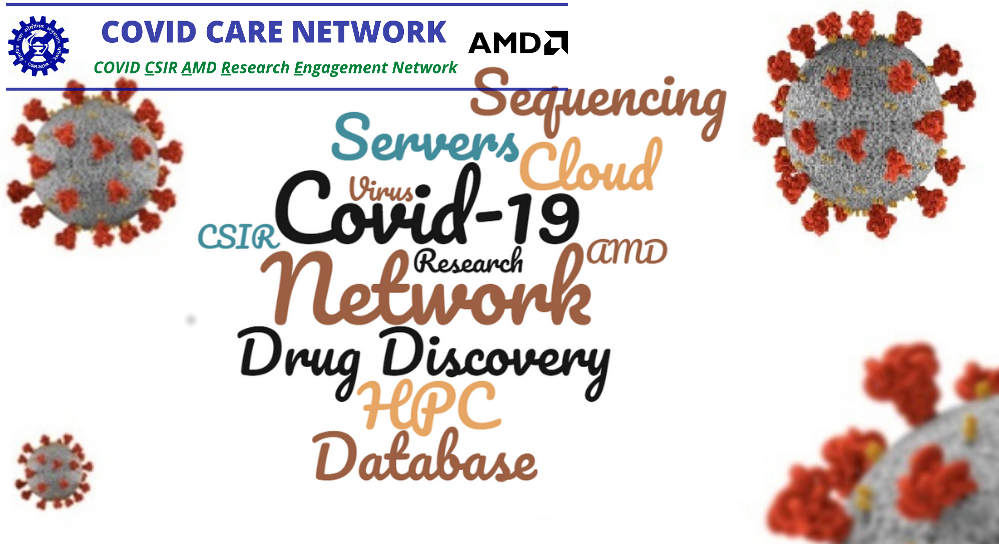Site Effects Investigation in Srinagar City of Kashmir Basin Using Microtremor and Its Inversion
by S Vishal Gupta, Imtiyaz A Parvez, Ankit, Prosanta K Khan & Rakesh Chandra
The Srinagar region of Kashmir Valley in North West Himalayas, covers more than 2 million inhabitants and is exposed to high seismic risk. In order to gain insight on potential site effects and subsurface structure of the region, we carried out an extensive high-resolution microtremor ambient noise survey at 429 locations. The acquired dataset was processed using the Horizontal to Vertical Spectral Ratio (HVSR) technique to map the resonance frequency, the thickness of sedimentary cover, and to identify areas prone to seismic amplification. We provide a spatial classification of the obtained HVSR curves in four types: (1) clear peak H/V curves relating the strong impedance contrast in the subsurface; (2) multiple peaks (or Broad) H/V curves corresponding to sloping internal stratification of sediments; (3) two peaks H/V curves related to two different impedance contrast existing in the subsurface; (4) flat H/V curves around and over hard rock outcroppings. The HVSR curves show the peaks in the range of 0.22 Hz to 9.96 Hz indicating heterogeneous and complex sedimentary cover in the region. Inversion of the HVSR curves gives the shear waves velocity distribution which highlights two distinct reflective surfaces in most of the areas. In addition, we also used the estimated fundamental frequency of various types of houses/buildings located in Srinagar city to assess the possibility of resonance in case of occurrence of any earthquake. This study adds a value to the region in earthquake engineering, seismic hazard and risk evaluation purpose for Srinagar and its suburbs.
Source: https://www.tandfonline.com/doi/abs/10.1080/13632469.2020.1816232?journalCode=ueqe20
